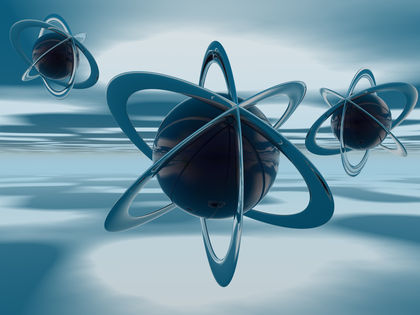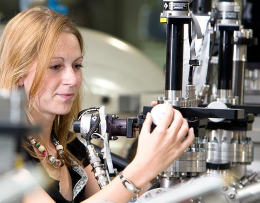Nuclear Physics for Medicine
Introduction and motivation
Nuclear physics is a coin that has two sides: basic research and applications. Without basic research there would be little to be applied; applications resulting from basic research contribute to the wealth and health of society. Modern medicine benefits tremendously from nuclear physics, both for diagnosis and for therapy. The development of nuclear physics since the first discovery of the atomic nucleus by Rutherford in the early 20th century has been intimately tied to the development of new detection techniques, accelerators and to theoretical and simulation frameworks. The focus on research in accelerator-based nuclear physics and related isotope-production technology contribute to developments in nuclear medicine. Indeed not only can the best suited isotopes used for medical imaging and treatment be produced and developed with those accelerators, but the techniques used by nuclear physicists to peer “inside” the nucleus can be used to image and trace these agents inside the body to study human health and diseases.
In applying nuclear physics in medicine, constructive interaction with physicians is central. What do physicians ask of nuclear physics? What is the medical and physical point of view of hadron therapy, medical imaging and radioisotope production? How can effective radiation sources and detector systems be built and operated? How can unwanted radiation effects be avoided or minimized?
Answers to these and other questions are various and require some consideration; they will be addressed to some extent in this course of lectures and practices:
Outline of possible lectures/practices (“from discovery to applications”)
| 1) Radiation basics | (radioactive decays, decay law …, natural sources) |
| 2) Making radiation visible | (cloud chamber ...) |
| 3) Radiation detection | (principles of interaction …) |
| 4) Radiation protection | (biological effects, shielding ...) |
| 5) Use of radiation | (medical diagnostics, treatment, food treatment …) |
| 6) Production of radiation | (man-made sources, accelerators …) |
| 7) Example: diagnostics | (X-ray, MRI, PET ...) |
| 8) Example: treatment | (hadron therapy ...) |
| 9) Example: equipment design | (targets, detectors ...) |
|
Modern Theory of Forces: |
Structure of Matter |
||||||
 |
 |
||||||
| Radiation and Radiation Detection |
Detectors: |
||||||
|
|
|
||||||
| Applications in Medicine: Diagnosis (MRI, PET) |
Technology for Science: |
||||||
|
|
 |




